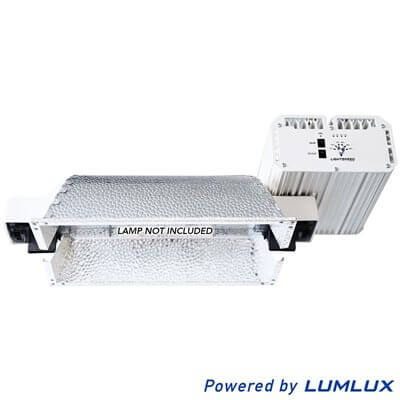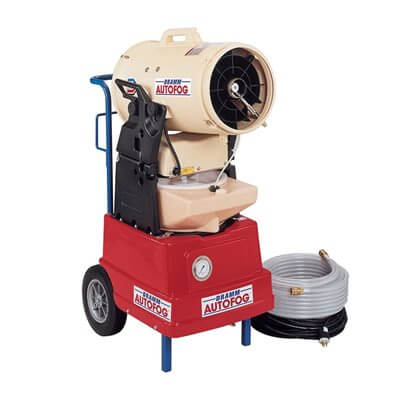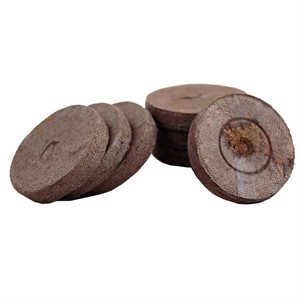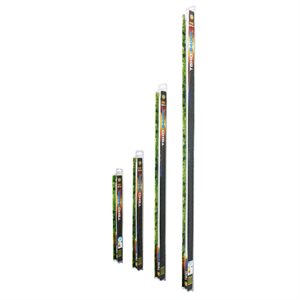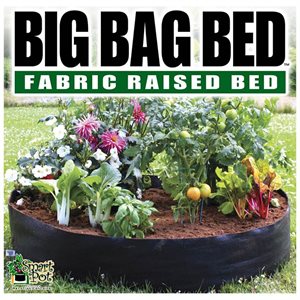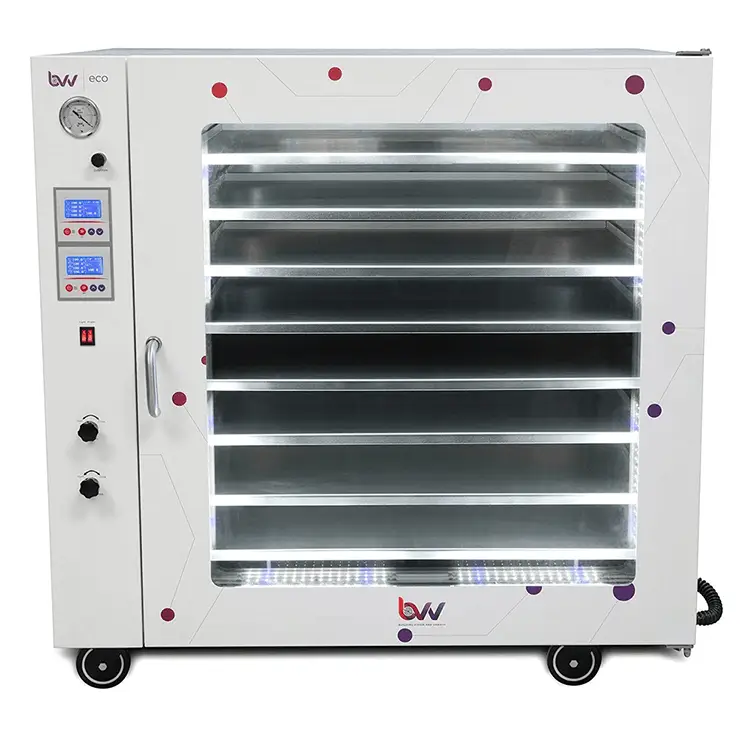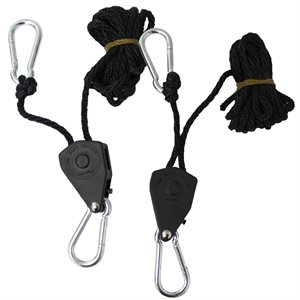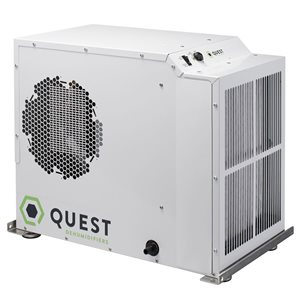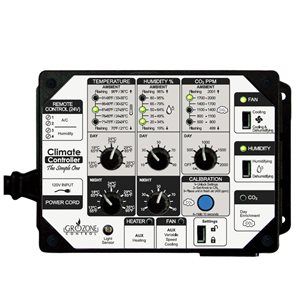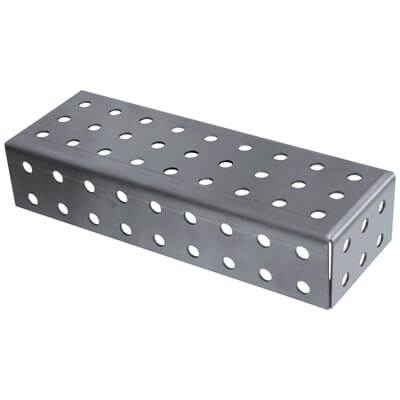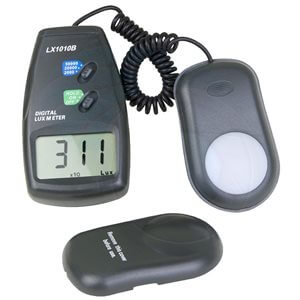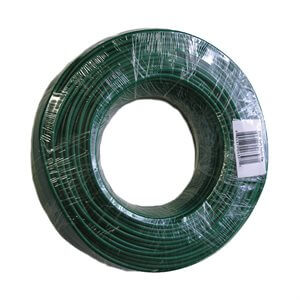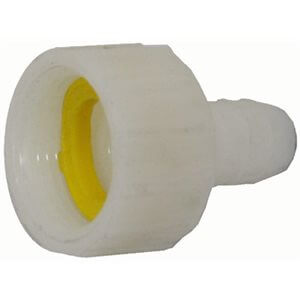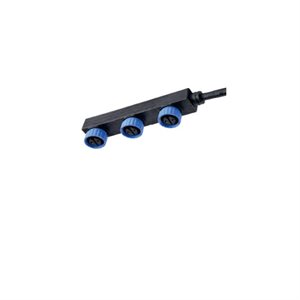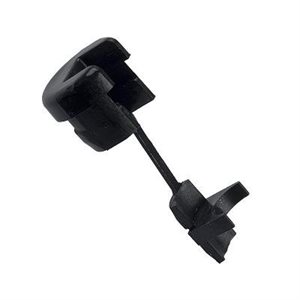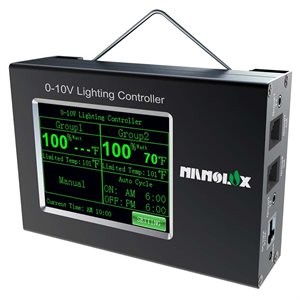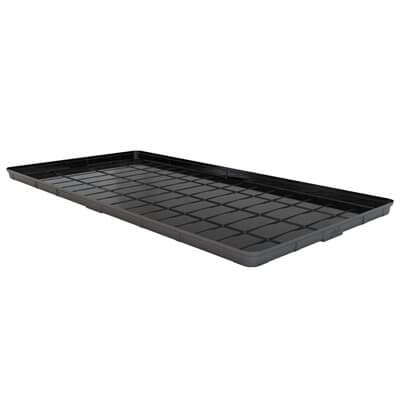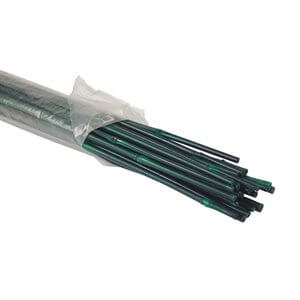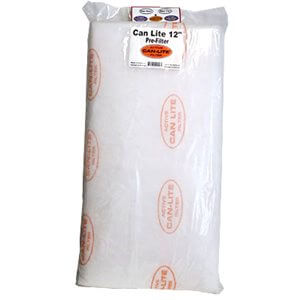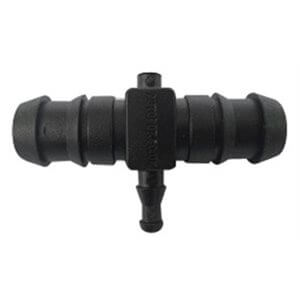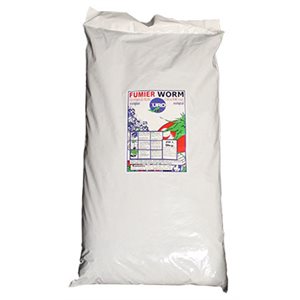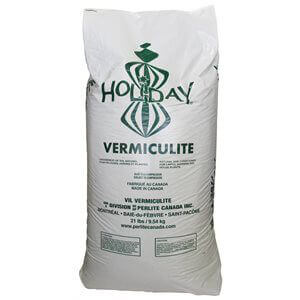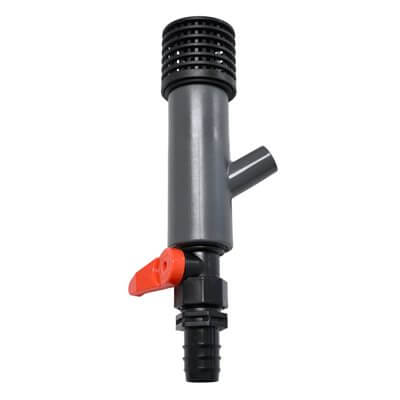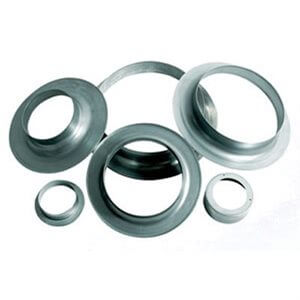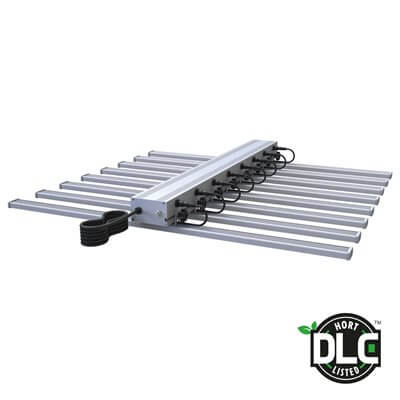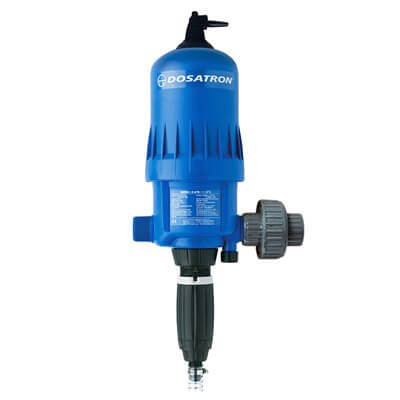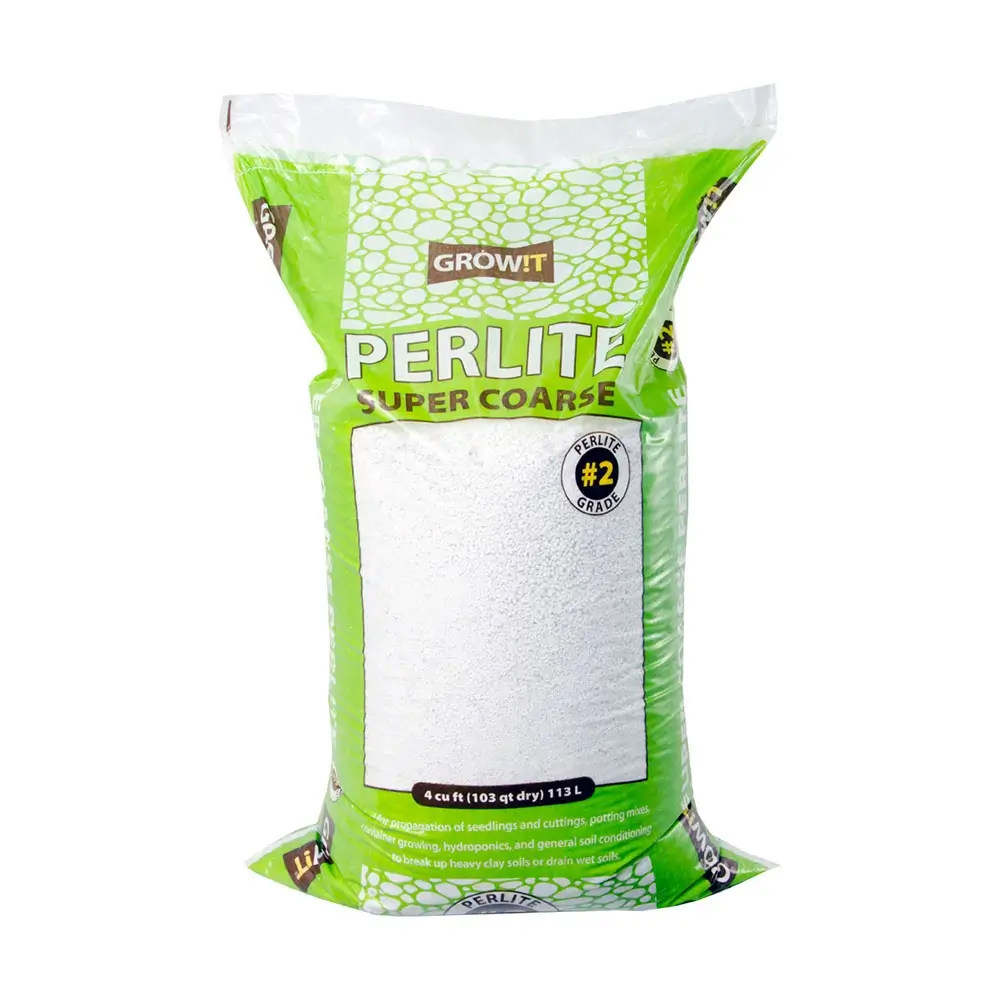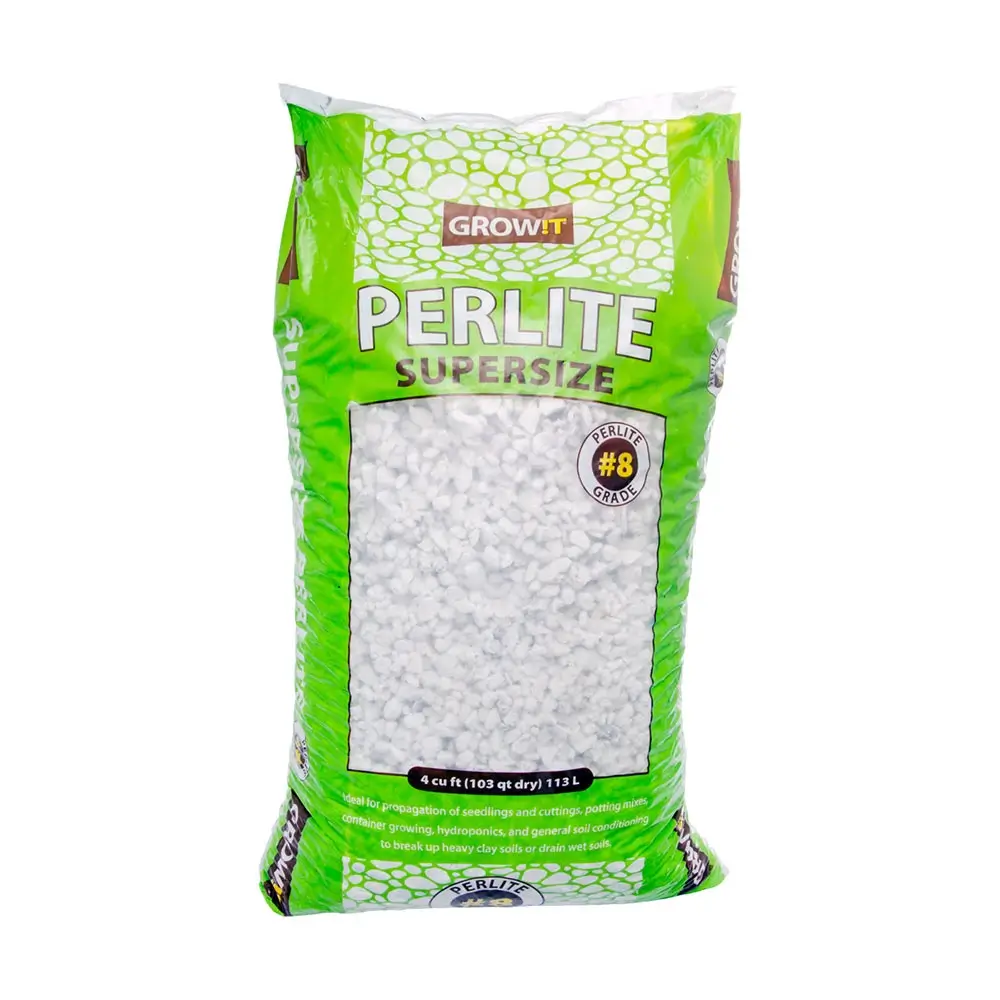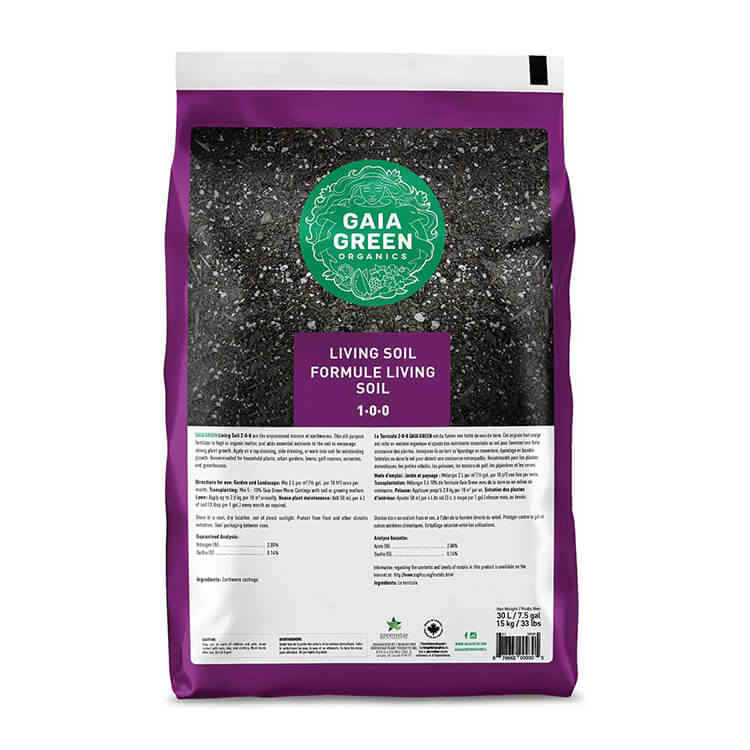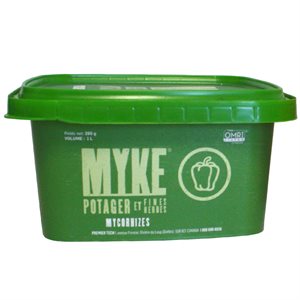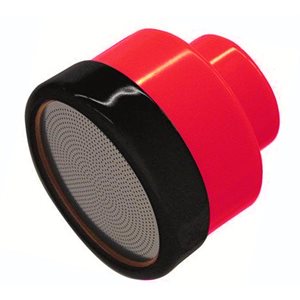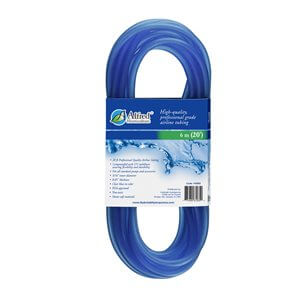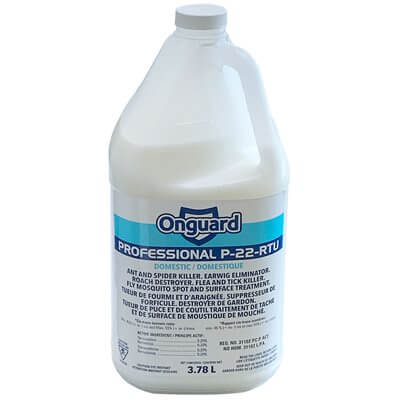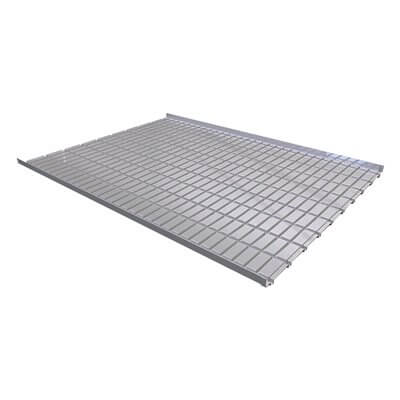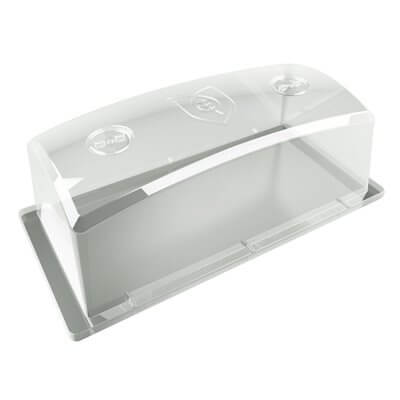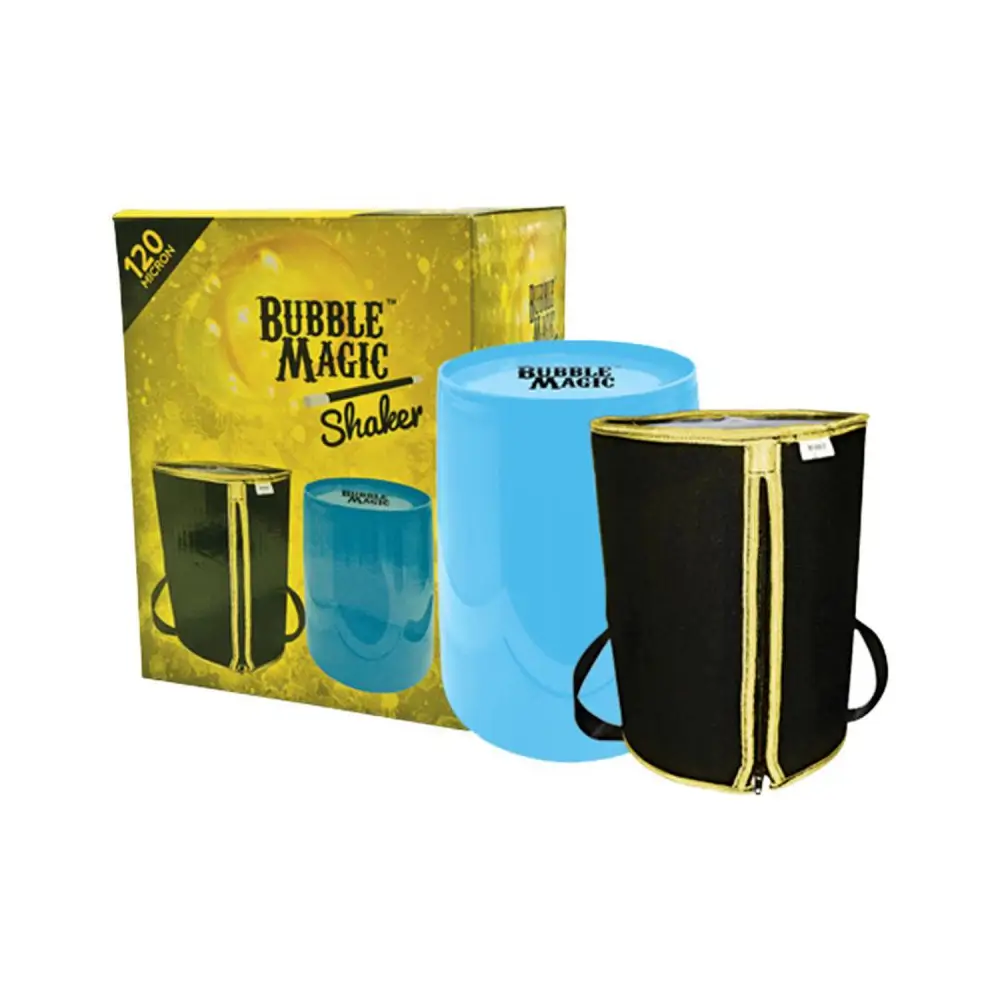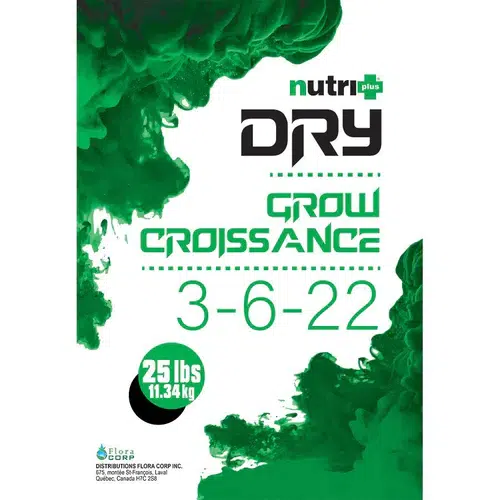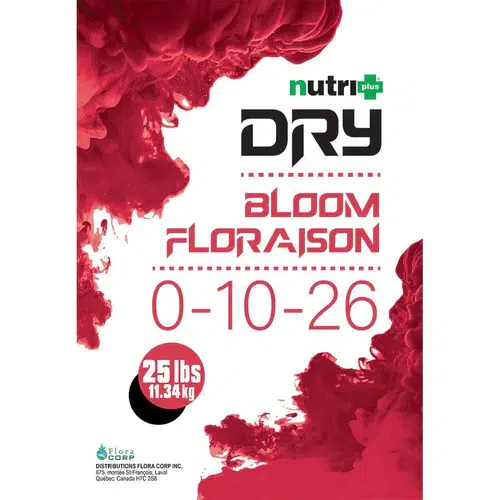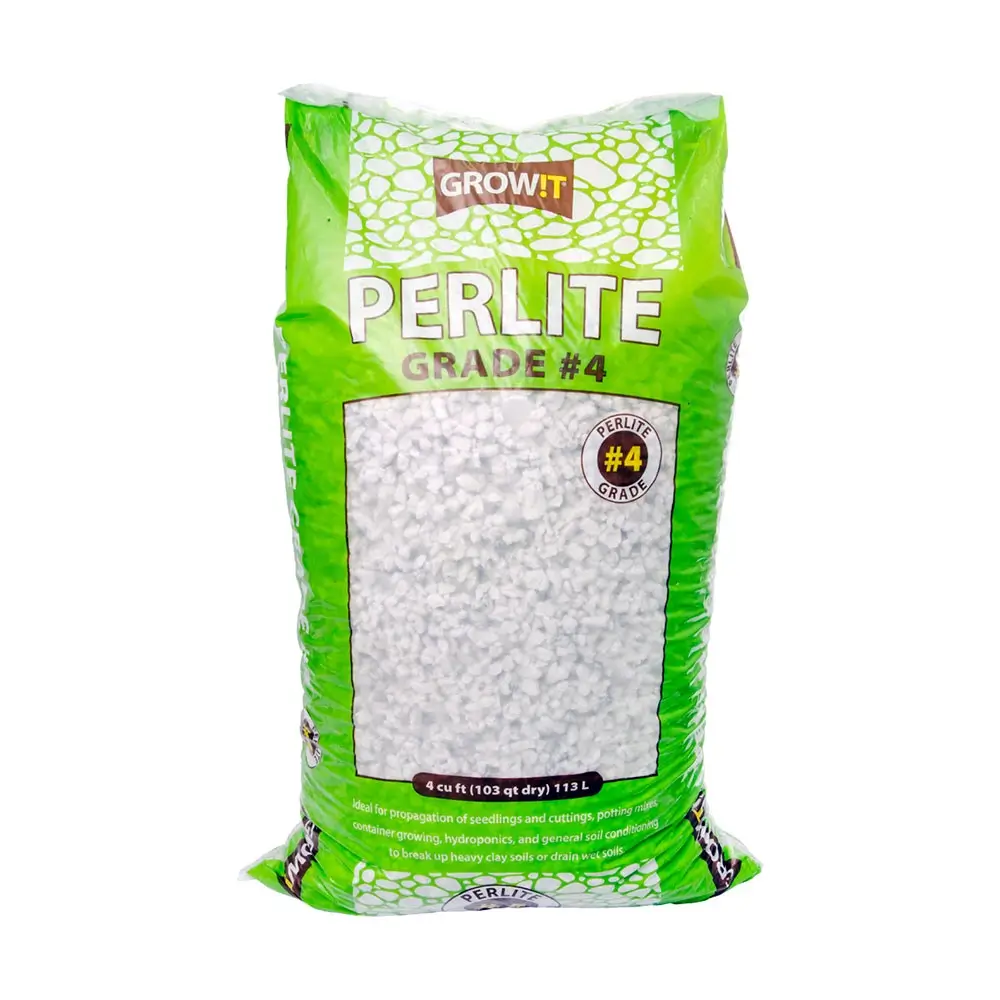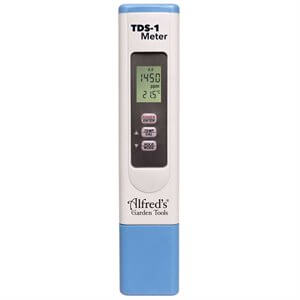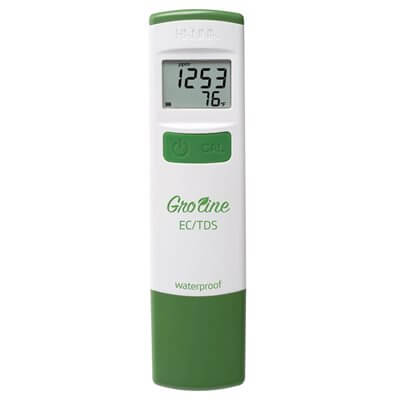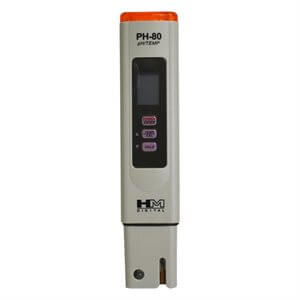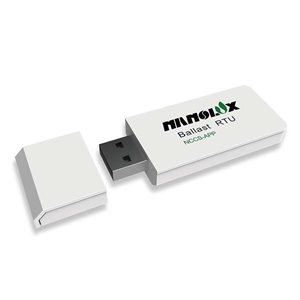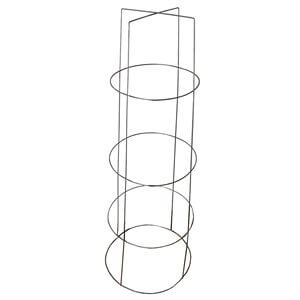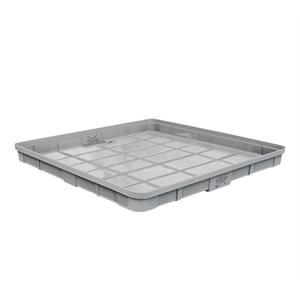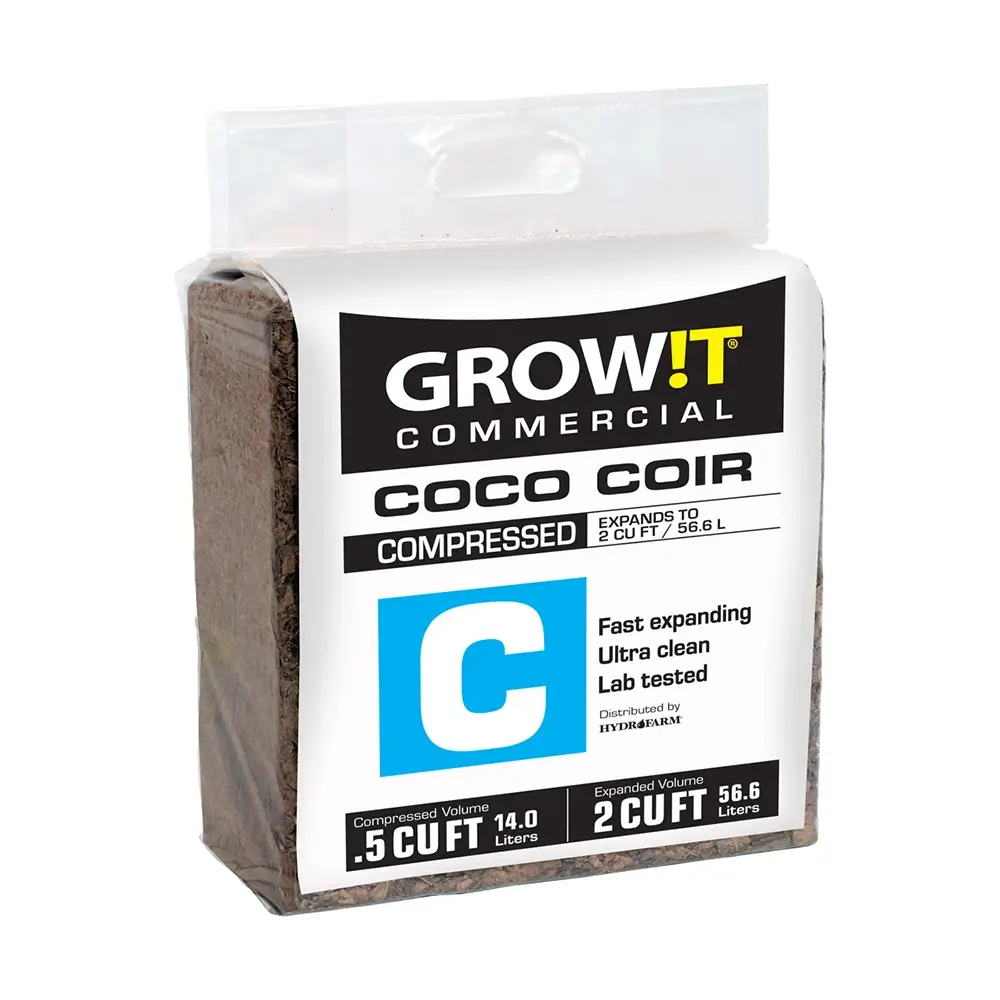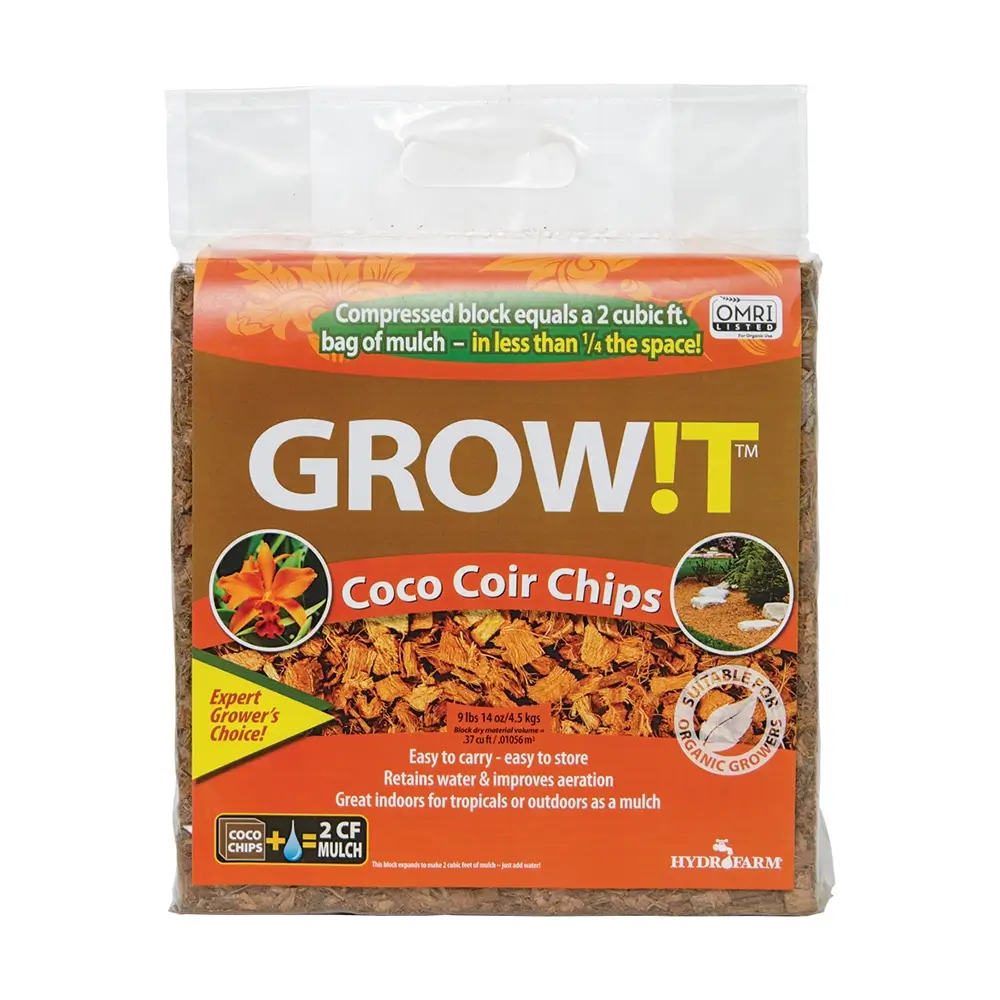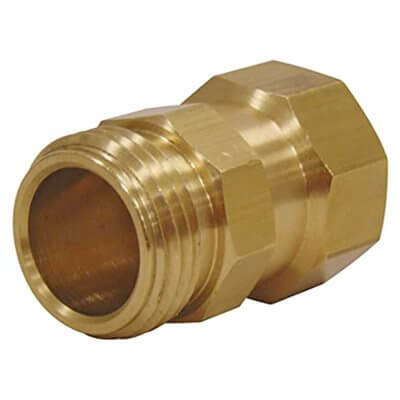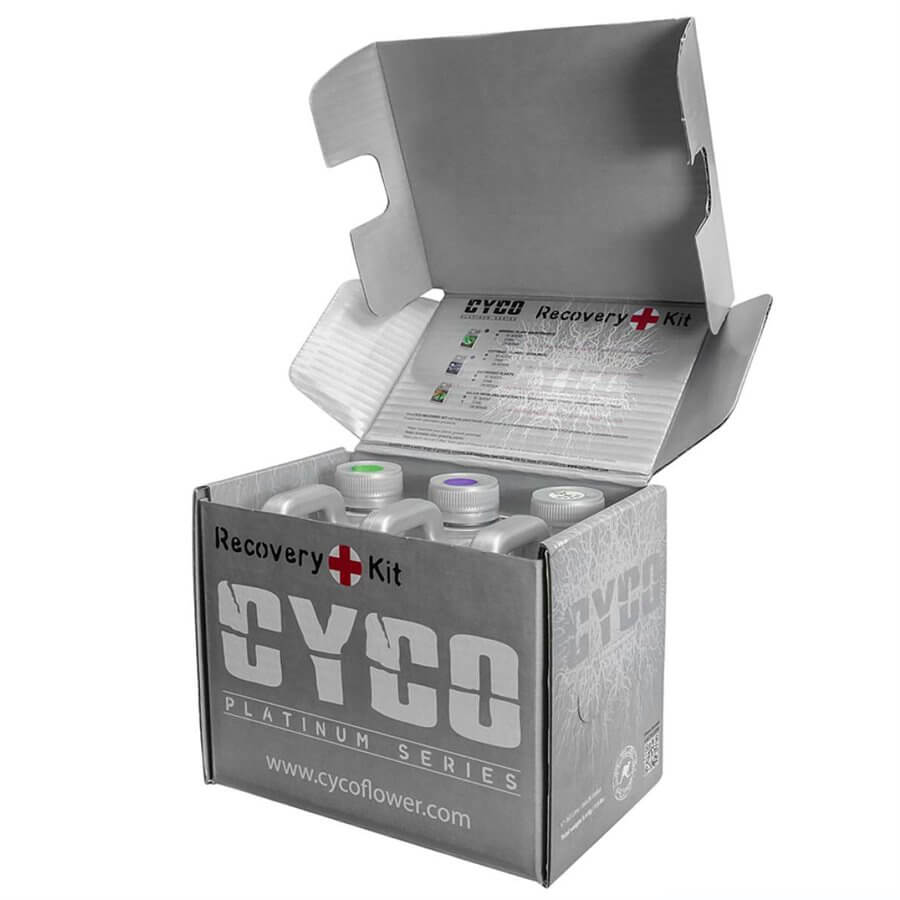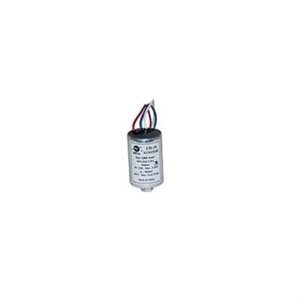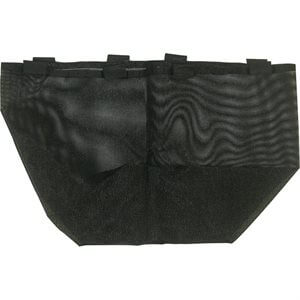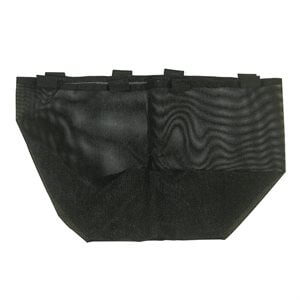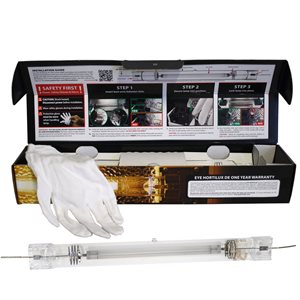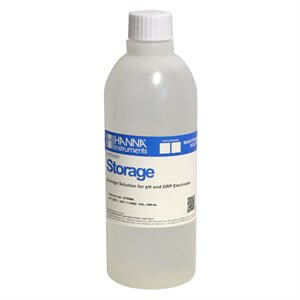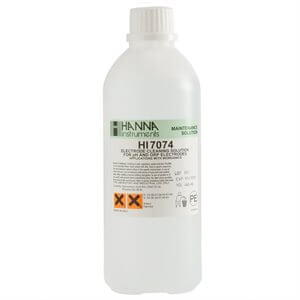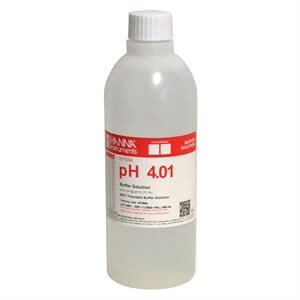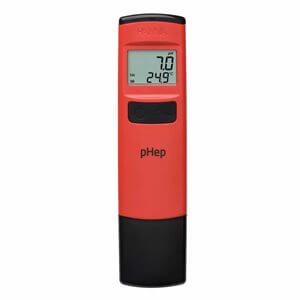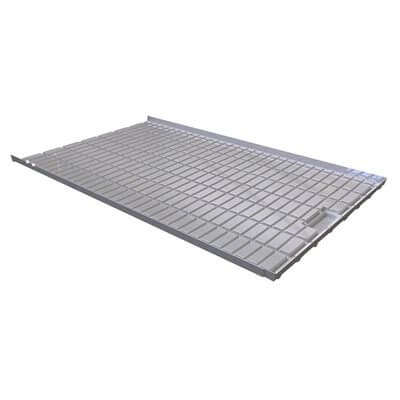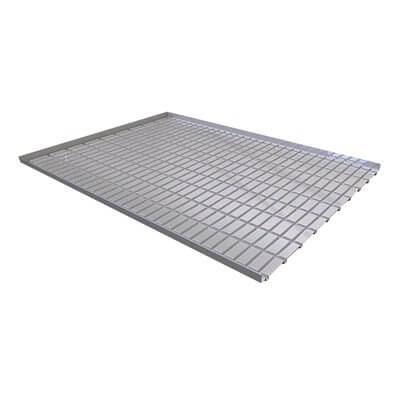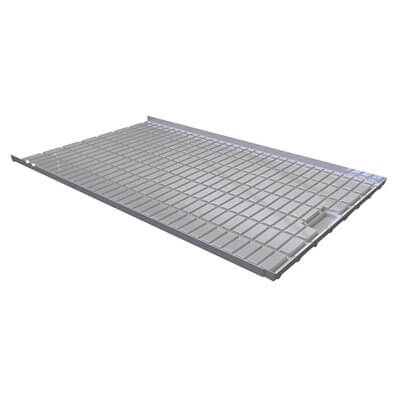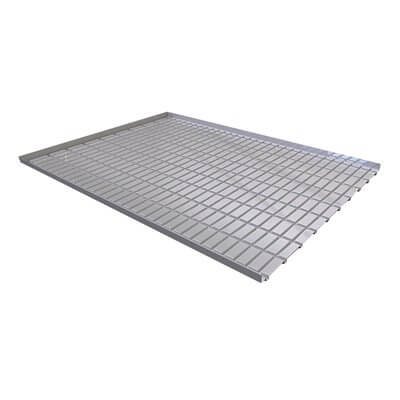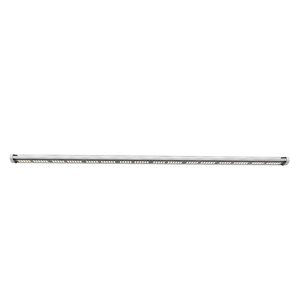When to Harvest Marijuana Plants The Exact Time

You’ve been waiting for this moment since you first germinated your marijuana seed and put it into the soil. You’ve watched your plant grow from a seedling to producing gorgeous fragrant buds. But don’t get too excited, if you harvest too early you can end up with buds that aren’t that potent. Wait too long, though, and you’ll have wasted the entire growing season. But don’t worry, we’ve got you covered in our guide on when to harvest marijuana plants.
How to Know When to Harvest Marijuana Plants
There are a few factors to consider before deciding when to harvest your plants. It can depend on which strain you’re growing, whether you want more CBD- or THC-dense buds, and if you’re growing indoors or outdoors.
Most seed packets will have general information about when to expect plants to be ready for harvest. However, these times are not always exact, but there are ways to tell if it’s ready.
Trichomes
One of the most popular ways to tell if your plant is ready is by monitoring the trichomes. The trichomes are mushroom-shaped glands that hold the plant’s cannabinoids, terpenes, and flavonoids. Trichomes are extremely small, so you may need a magnifying glass to be able to see them.
There are three types of trichomes, and each can indicate a different stage of growth. To get your best estimate of when to harvest your plants, let’s get to know them.
Three Types of Trichomes
The three types of trichomes include:
- Bulbous Trichomes
- Capitate-Sessile Trichomes
- Capitate-Stalked Trichomes
Bulbous Trichomes are the smallest of the resin glands found on a cannabis plant and the hardest to see. They are comprised of a tiny stalk and bulbous head that swells as the trichome fills with oil. You are more likely to find these trichomes on the stems and leaves of the plant rather than on the flower.
Bulbous Trichomes are generally the first resin glands that start to turn amber. They can be a good indication of early harvest windows.
Capitate-Sessile Trichomes are much larger than Bulbous Trichomes and are found predominately on the flowers and leaves. These glands tend to form as soon as the plant has left the seedling stage, usually around three weeks. When these glands begin to fill with oil, they tend to dwarf down and hide the stalk of the trichome, making them appear flat.
These trichomes contain a significant amount of cannabinoids and terpenes. Giving the plant a lot of its flavor and medicinal qualities.
Capitate-Stalked Trichomes are the biggest trichomes of all and can usually be seen with the naked eye. These produce the most cannabinoids and terpenes of all trichomes and are also the most easily damaged during harvest. You’ll notice these types of trichomes in abundance during the flowering period across the leaves and buds of the plant.
Trichome Colors
This brings us to the colors of the trichomes, which can help indicate where your plant’s maturity is. If your plant has mostly clear trichomes, this is an indication that your plant is still immature. At this point, it’s best to wait to harvest your plant for a few more weeks.
If your plant has mostly milky trichomes, this means your plant is in prime CBD production. Marijuana harvest at this stage will have a euphoric and energizing effect. This is because THC is near peak production, and there’s an abundance of CBD still in the buds.
It can sometimes be hard to differentiate between clear and milky trichomes. If you’re having an issue seeing the difference, it can be helpful to hold a dark cloth or material behind the plant. This can sometimes help create a distinction.
Finally, amber trichomes show that your plant is currently in peak THC production. Having more amber trichomes present will give your plant a more sleep-inducing effect. This is because as the plant develops further, the THC starts to degrade to CBN.
CBN is not psychoactive but is considered an excellent sleep aid. If you wait much longer after this period, you risk having overripe buds. If you’re having trouble trying to differentiate between the colors, try using a trichome harvest chart.
Pistils
Pistils are the small hairs that grow on cannabis from the stigmas. They generally start out as straight white hairs. Much like the trichomes, they change colors as the plant reaches maturity.
Different cannabis strains can have different colored pistils such as pink, violet, or purple. However, most strains will turn from white to red or brown once reaching maturity. The pistols will also start to curl in towards the plant when they mature.
Just like the trichomes, the pistils can be very small and hard to see with the naked eye. You might also find it helpful to use a magnifying glass when looking at them.

Growing Times
So now we know what we’re looking for at harvest time. But how long does it take the plant to get to harvest time? Well, let’s take a look at the different kinds of marijuana.
Of course, you have sativa and indica, but you can further break these down into autoflowering and photoperiodic.
When to Harvest Sativa
Many times it depends on the strain to determine the exact growing period. However, sativa strains tend to take longer to grow and mature than indica plants. This can further differentiate between autoflowering strains and photoperiodic strains.
What do autoflowering and photoperiodic mean? Autoflowering plants are cannabis strains that do not need different periods of light in order to start flowering. Autoflowering plants can also continue to be harvested after the first initial harvest.
Photoperiodic strains of cannabis require a light schedule in order to move into the vegetative states and flowering stages of growth. Most growers use an 18-hour light period and a 6-hour dark period to start the vegetative period. Then a 12-hour light period and a 12-hour dark period in order to initiate flowering.
An autoflowering sativa can take about 10 weeks to grow to maturity. While a photoperiodic sativa can take approximately 16 weeks to grow.
When to Harvest Indica
Indica usually takes less time to grow than sativa. An autoflowering strain usually takes about 8-10 weeks to reach maturity and be ready to harvest. A photoperiodic strain is usually ready by 12 weeks.
If you’re planning on growing a mixture of indica and sativa plants, we suggest starting your indica plants after your sativa plants. You can start them indoors and move them outside later if you’re growing outdoors.

Marijuana Growing Season
If you’re planning to grow cannabis outdoors, a good way to know when to harvest is using the tried and true method of using the seasons. Most growers will start to germinate their seeds in early spring. Of course, if you’re using clones, you won’t have to worry about germinating since your plant will already be a seedling.
In this case, you’ll want to get your plant outside by early summer. A good rule of thumb most veteran gardeners use is to have them in the ground after Mother’s Day.
Then your plant will go through the vegetative state from mid-summer to early fall. This is when you’ll see your plant grow more leaves and bud sites as it grows taller.
Once fall is in full effect, photoperiodic plants will start to get more than 12 hours of darkness. The flowering stage will begin, and you will start to notice the buds starting to form and the plant will stop growing. But this is still not time to harvest, so be patient.
Mid to late fall is generally considered the best time for harvesting your plants. We still recommend using the above techniques using the trichomes and pistils to determine the exact harvest time though.
Before Harvest To-Do List
Before you start to harvest your plants, there are a few things you should do to ensure the maximum quality of your buds. These include:
- Make sure your plants are free from debris, bugs, mud, or other non-plant materials
- Ensure there are no issues with the plant, like mildew, rotting leaves, rotting buds, or other infections
- Make sure you’ve given your plant plenty of time to dry; for outdoor plants, be sure not to harvest during rain, or else you could be allowing mold to grow on your plants.
It might also be helpful to already have a space set up to do your trimming. You’ll likely need pruning shears, scissors, labels if you’re growing more than one strain, and a container to put the branches in as you cut.
You may also want to have a space already set up to dry your cannabis after harvesting. Some growers use a closet or portable wardrobe. Clothes hangers can be used to hang the cannabis branches on, and clothespins can be helpful for awkward branches that need to be secured. If you plan on wet trimming your plants, you’ll need somewhere flat that also allows airflow to put your buds on to dry.
More Tips to Harvest Cannabis
If you’re growing your plants outside, you may need to consider the weather in your area when planning your harvest. If you live in an area that gets colder earlier in the year, it’s important to get those plants out of the ground or have a plant to keep them warm, before the first frost. While some strains may do well in some cooler weather, a frost can destroy the tissue of the plant and ruin your entire crop.
If you live in an area that is expecting a rainy season, you may want to harvest before it hits or have a game plan ready for when the rain arrives. An excess of water can lead to many different problems for the plant and negatively affect your crop.
You can also tell your plants are getting close to being ready to harvest by paying attention to the leaves. Once a plant is getting close to harvest, it will decrease the amount of water it takes in and the leaves will begin to turn yellow. While this can be a helpful indicator, using the trichomes is still the most accurate way to determine when to harvest your plants.
Sometimes buds that are closer to the top of the plant can be ready to harvest before the rest of the plant. This is because these buds have more exposure to light and can develop more quickly than the rest of the plant. It’s perfectly fine to harvest these buds before the rest of the plant.
If you’re new to growing cannabis, use a journal to record things like growth rate, trichome color when you harvest, and the effects that bud had. This can help you further determine when you want to harvest your next crop.
Grow with Us
Just to recap, it can take longer for some types of weed to grow depending on if it is sativa or indica. It also depends if the strain you’re growing is autoflowering or photoperiodic. But the best way to know for sure is to monitor the color of the plant’s trichomes and pistils.
Now that you know when to harvest marijuana plants, be sure to join us for all of your growing needs. You can check out the rest of our blog for in-depth guides on every aspect of growing cannabis. Don’t forget to share this one with your friends and family on social media, too.
